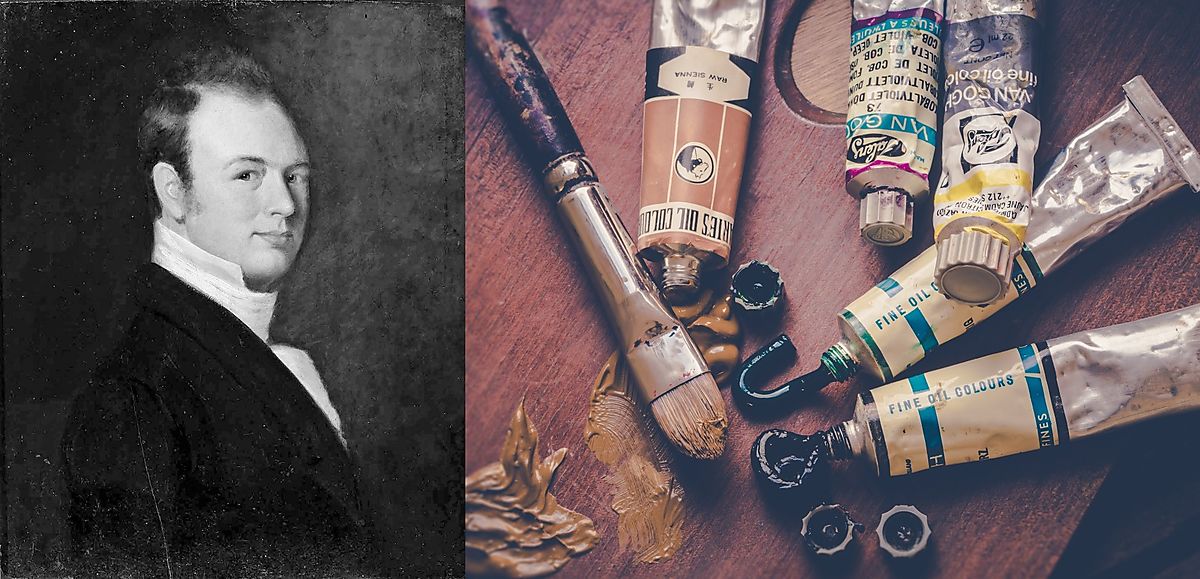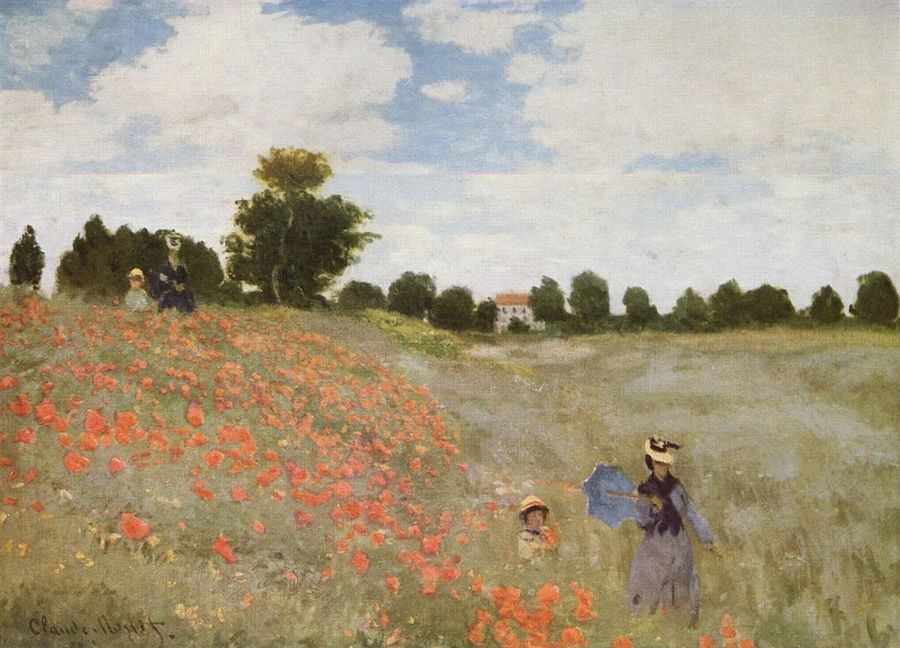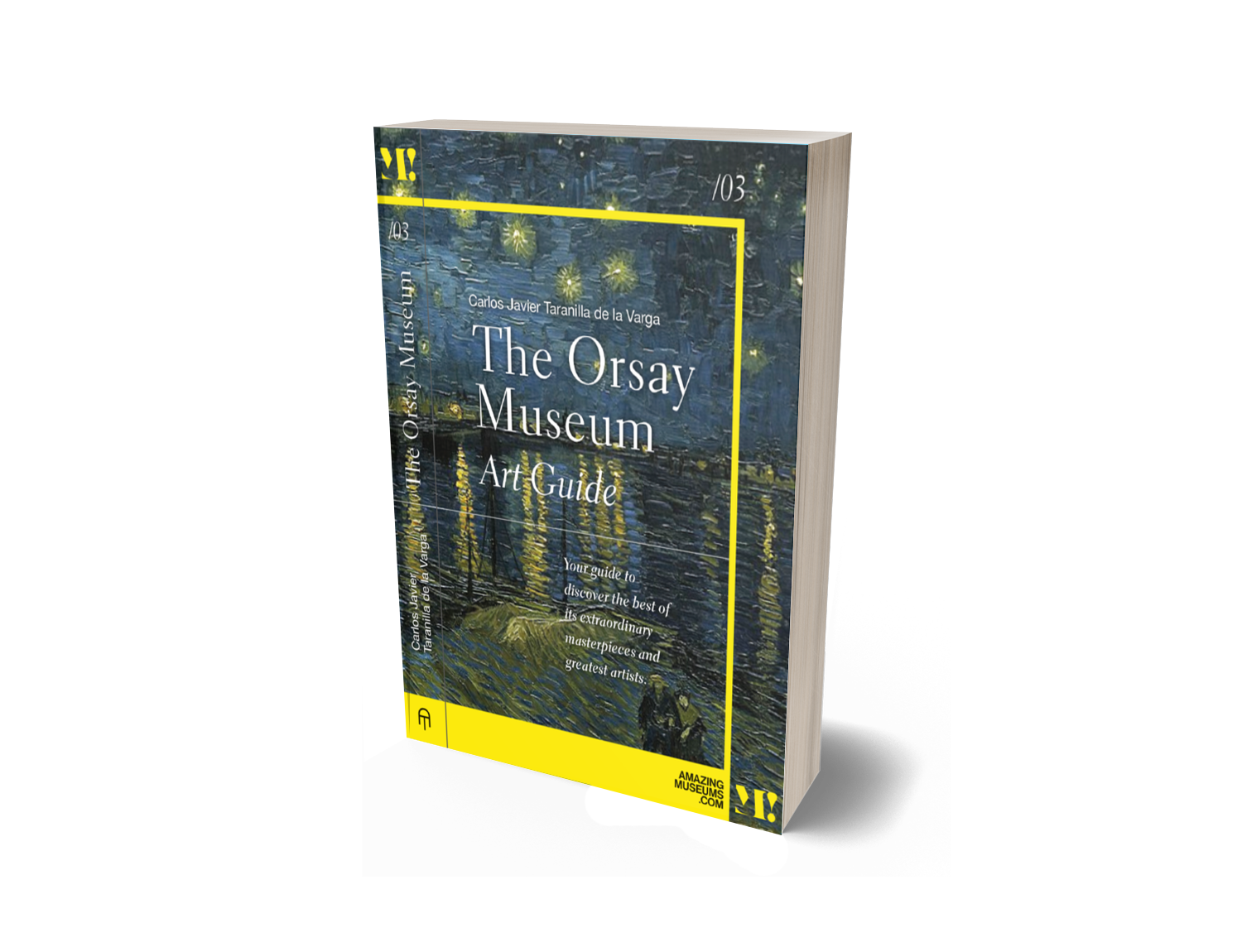
John Goffe Rand, the true inventor of Impressionism
Impressionism, one of the most important artistic movements in history, might not have existed without the invention of a small tin tube with a screw cap. How is this possible? Let's find out.
Painting and Impressionism
Impressionism is an artistic movement that emerged in France in the 1860s and is characterized by the depiction of light and color in painting. The Impressionists sought to capture the atmosphere and feeling of a specific moment in time, rather than portraying a scene in a detailed and realistic manner. To achieve this, they used techniques such as loose, bright brushstrokes and a palette of bright, brilliant colors that reflected sunlight and the environment, and as we will see, the tin tube.
Among the most prominent Impressionist artists were Claude Monet, Pierre-Auguste Renoir, Berthe Morisot, Edgar Degas and Mary Cassatt. These artists depicted everyday scenes, such as parks, cafes, streets and fairs, as well as subjects of outdoor life, such as landscapes, sports and leisure. In addition, Impressionism spread to other media, such as photography and film, and had a lasting impact on the culture and art of the time.

Claude Monet's famous painting 'Poppies' (Musée d'Orsay) is an example of the influence of the metal paint tube on art.
Although Impressionism was initially criticized for its lack of realism and detail, its legacy is immense. The movement has been recognized as one of the earliest and most influential modern art movements and has influenced numerous subsequent artists and styles. In addition, its focus on capturing the atmosphere and feeling of a specific moment in time has been a major influence on contemporary art, leaving a lasting mark on art history and remains a subject of study and admiration today.
The metallic tube and Impressionism
This simple device was patented by American John Goffe Rand, a farmer, cabinetmaker and self-taught painter. The idea came from his passion for painting and his curiosity to improve the processes of artistic creation.
John Goffe Rand was the inventor responsible for the revolution in art history, recognized by Pierre-Auguste Renoir as the driving factor behind the creation of Cézanne, Monet, Pissarro and Impressionism. Rand created a simple tin tube with a screw cap to store oil paint. This system allowed artists to easily move and reuse their paint, which facilitated the creation of new colors and allowed artists to create works outdoors without worrying about pigment drying.
Prior to Rand's invention, artists would prepare their colors in their workshops, and often the color paste would dry out due to oxidation, which meant that what was left over could not be used. The composition and creation of the colors in the artists' workshops was a job done by the apprentices; the pigments were obtained in apothecaries or directly from the quarries, then ground and mixed with binders and thinners, until, in a relatively short space of time, they dried. To solve this problem, from 1700 onwards, the paint was kept in small bags made of pig's bladder, which the artist perforated to extract the colored paste, which extended the time of use of the paints, but was still not a definitive method. However, with Rand's patent and his tin tube, which allowed oil paint to be preserved without drying out, the creation of outdoor works and the composition of new colors became part of the life of the painters of the time.
In addition to being a farmer, cabinetmaker and inventor, John Rand was a very talented artist and traveled the world to portray notables, including members of the royal family. True to his innovative and inventive spirit, in addition to the tin tube, he also devised a lens system for accurate portraits.
Without Rand's invention, impressionism and similar artistic movements would not have been possible. The simple invention of a tin tube changed the lives of artists and opened new doors to creativity and freedom in artistic creation. Even Pierre-Auguste Renoir recognized its importance, saying, "Without tube painting, there would be no Cézanne, no Monet, no Pissarro and no Impressionism."
If you want to know other facts about Impressionism, or its most famous works housed in the Musée d'Orsay, known as the museum of Impressionism, we recommend "Musée d'Orsay, Art Guide", which will be available in the coming weeks. Stay tuned to our website and our social networks to get your copy of the book!

